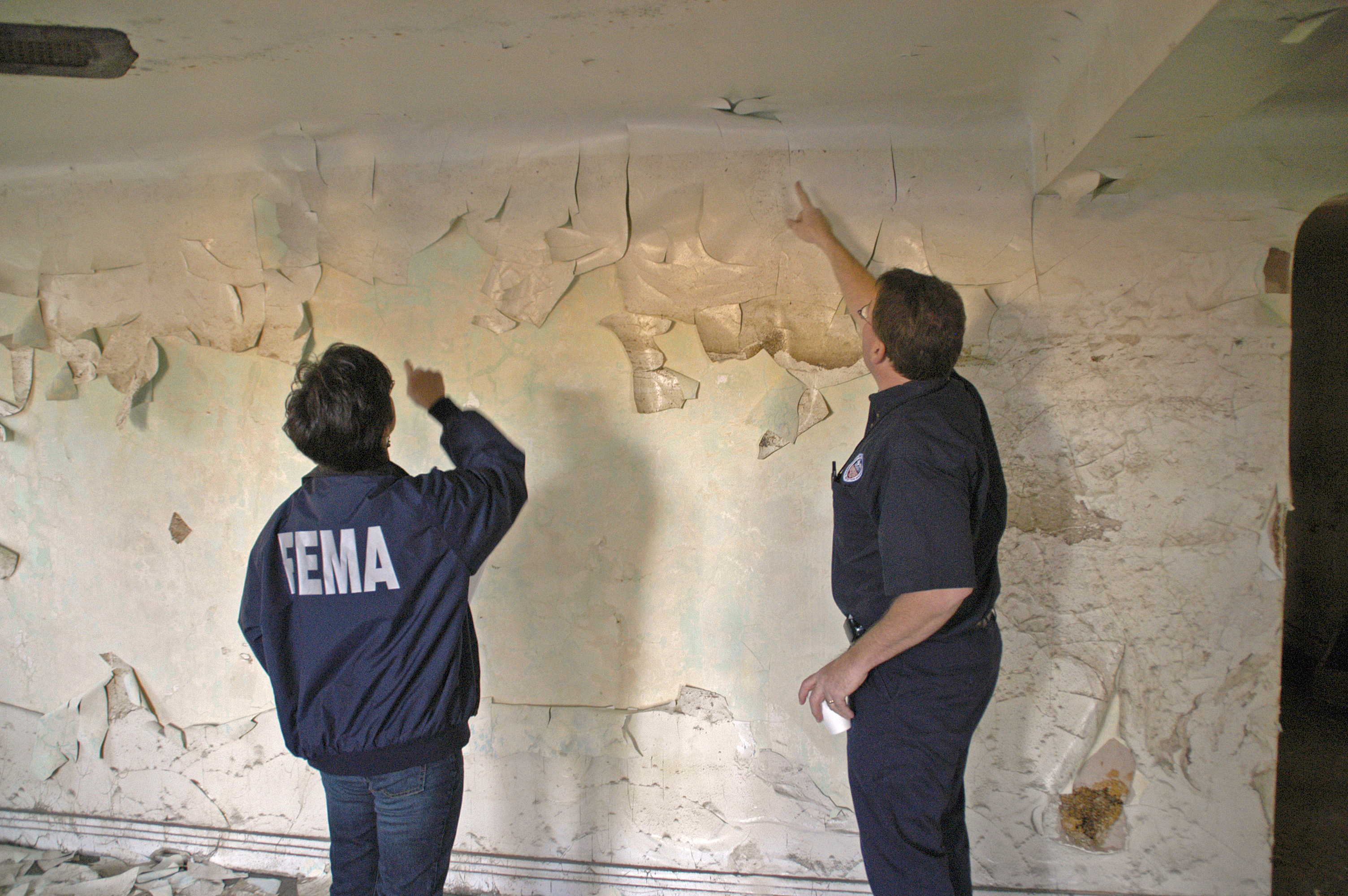[cs_content][cs_section parallax=”false” separator_top_type=”none” separator_top_height=”50px” separator_top_angle_point=”50″ separator_bottom_type=”none” separator_bottom_height=”50px” separator_bottom_angle_point=”50″ style=”margin: 0px;padding: 45px 0px;”][cs_row inner_container=”true” marginless_columns=”false” style=”margin: 0px auto;padding: 0px;”][cs_column fade=”false” fade_animation=”in” fade_animation_offset=”45px” fade_duration=”750″ type=”1/1″ style=”padding: 0px;”][cs_text]Monitoring and Management> 3. Manufactured Products >
Gather, process and present information to describe and explain evidence for the need to monitor levels of one of the above ions in substances used in society[/cs_text][/cs_column][/cs_row][/cs_section][cs_section parallax=”false” separator_top_type=”none” separator_top_height=”50px” separator_top_angle_point=”50″ separator_bottom_type=”none” separator_bottom_height=”50px” separator_bottom_angle_point=”50″ style=”margin: 0px;padding: 45px 0px;”][cs_row inner_container=”true” marginless_columns=”false” style=”margin: 0px auto;padding: 0px;”][cs_column fade=”false” fade_animation=”in” fade_animation_offset=”45px” fade_duration=”750″ type=”1/1″ style=”padding: 0px;”][cs_text]
- Lead is toxic to all living creatures, including humans.
- Lead is a cumulative poison that affects every system of the body.
- Lead is of particular concern with children, as they have a greater tendency to absorb the metal than adults.
- In particular, lead poisoning can lead to the retardation of intellectual development in children, brain damage and neurological disorders.
- Thus, it is important to monitor the levels of lead in certain areas in order to ensure that people are not exposed to excessive concentrations.
- Lead is the most widely used heavy metal, and is chiefly used as:
- A petrol additive in older vehicles, acting as an octane enhancer and a valve lubricant (now banned in many nations, including Australia).
- A pigment, especially in paints (now banned in many nations, including Australia).
- Areas that may require monitoring of lead levels include:
- The air.
- Waterways.
- Drinking water.
- Surface soils (especially beside highways).
- Landfill containing lead products.
- Certain foods.
[/cs_text][/cs_column][/cs_row][/cs_section][cs_section parallax=”false” separator_top_type=”none” separator_top_height=”50px” separator_top_angle_point=”50″ separator_bottom_type=”none” separator_bottom_height=”50px” separator_bottom_angle_point=”50″ style=”margin: 0px;padding: 45px 0px;”][cs_row inner_container=”true” marginless_columns=”false” style=”margin: 0px auto;padding: 0px;”][cs_column fade=”false” fade_animation=”in” fade_animation_offset=”45px” fade_duration=”750″ type=”1/1″ style=”padding: 0px;”][x_video_embed no_container=”false” type=”16:9″][/x_video_embed][/cs_column][/cs_row][/cs_section][/cs_content]
